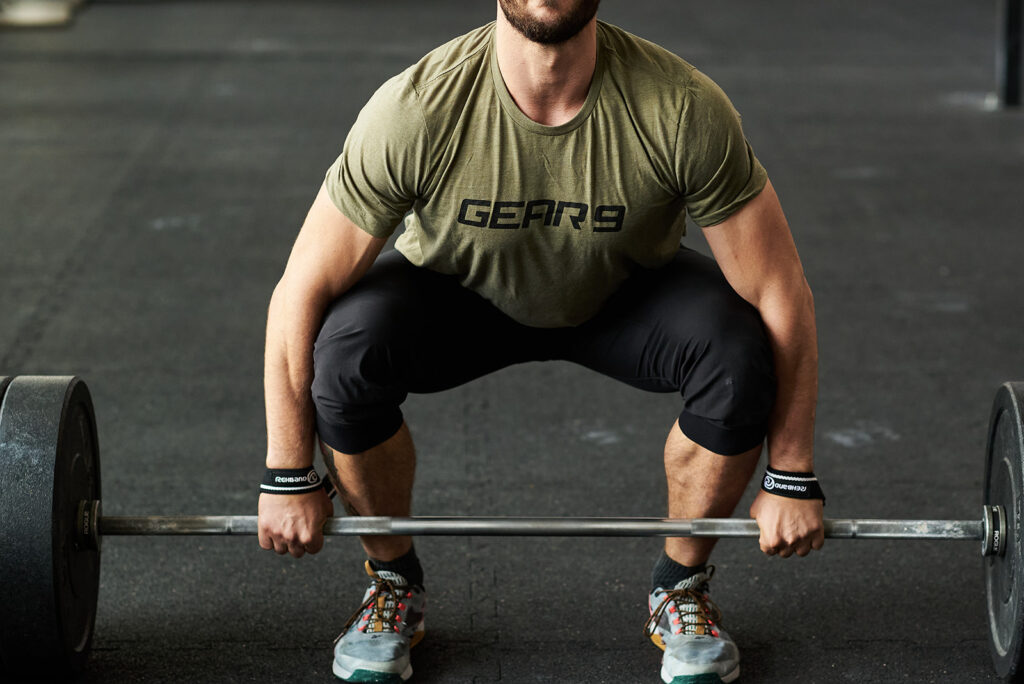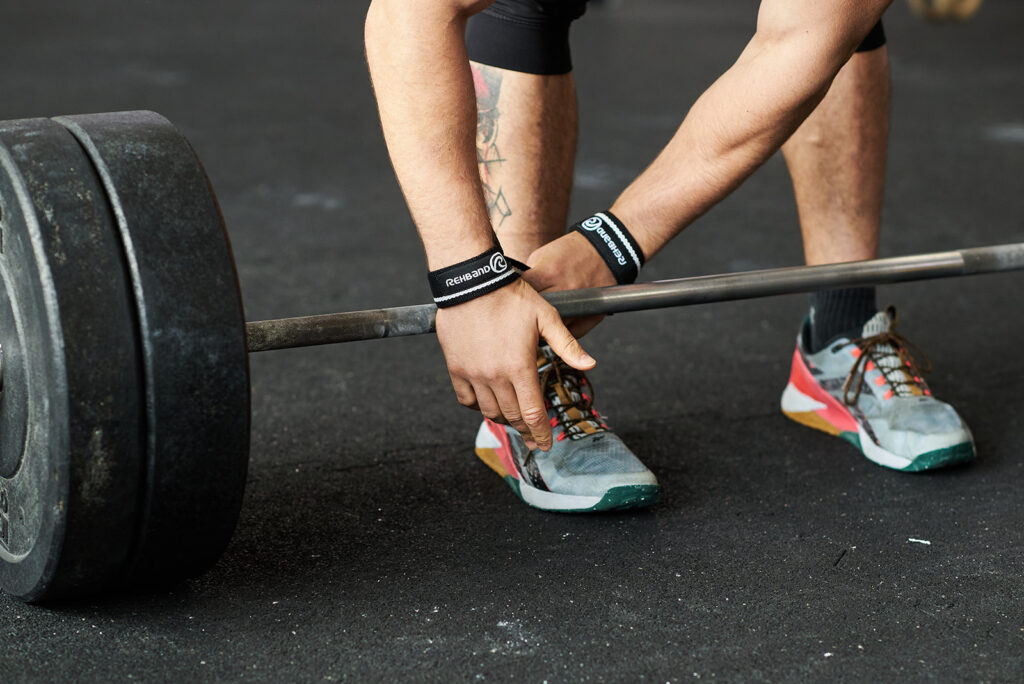

For many athletes, grip strength is the silent limiter. You may have the conditioning to push through a set of pull-ups or the raw strength to pull a heavy deadlift, but if your hands give out first, none of that potential translates into performance. That’s why grip strength training deserves a place in every athlete’s program.
Grip isn’t just about holding onto a barbell or hanging from a pull-up rig. It’s a foundation for almost every athletic movement. Stronger grip means:
But in training, the most immediate effect is simple: your grip often fails before your muscles or lungs. That means you stop not because your body is done, but because your hands are.
The good news? Grip can be trained like any other muscle group. A few focused drills added into your routine can dramatically increase strength and endurance.
Just like any training, progression matters. Start with sets of manageable time under tension (20–30 seconds), then build toward longer holds and heavier loads.
Sometimes grip doesn’t just limit—it completely stalls your progress. Think about:
In these cases, constantly letting grip stop you from finishing strong will hold back your conditioning and strength development. That’s where using the right gear makes sense.
Pull-up grips don’t replace grip strength, but they protect your hands and let you go further before skin tears or friction force you to stop. Especially in high-volume workouts, they extend your time on the bar, letting you train intensity instead of being limited by hand pain.
Check out our full pull-up grip selection — from simple two-finger grips to competition-tested models. Having the right pair in your gym bag is a must if you train pull-ups, toes-to-bar, or muscle-ups regularly.
When the goal is to build pulling strength in the back, legs, or hips, don’t let your grip be the weakest link. Lifting straps allow you to push heavy sets of deadlifts, rows, and pulls without grip failure cutting them short. This doesn’t mean you skip grip training—it means you save grip fatigue for grip-specific work and maximize performance where it matters most.
Explore our range of lifting straps to find the pair that matches your style of training, whether you’re after maximum security for heavy lifts or more versatile support for mixed training.

The best approach is simple:
Think of it like weightlifting shoes—you train your legs without them, but you wear them when it’s time to perform heavy squats or Olympic lifts. Pull-up grips and straps are no different: they’re performance tools, not crutches.
If you’ve ever felt your hands give out while the rest of your body still had more to give, grip strength is the missing link. By making grip strength training part of your program, you’ll unlock new levels of endurance, pulling power, and performance. And by using tools like pull-up grips and lifting straps wisely, you’ll train harder, recover smarter, and get more out of every session.
Don’t let grip be the limiter. Train it, support it, and turn it into one of your strongest assets.